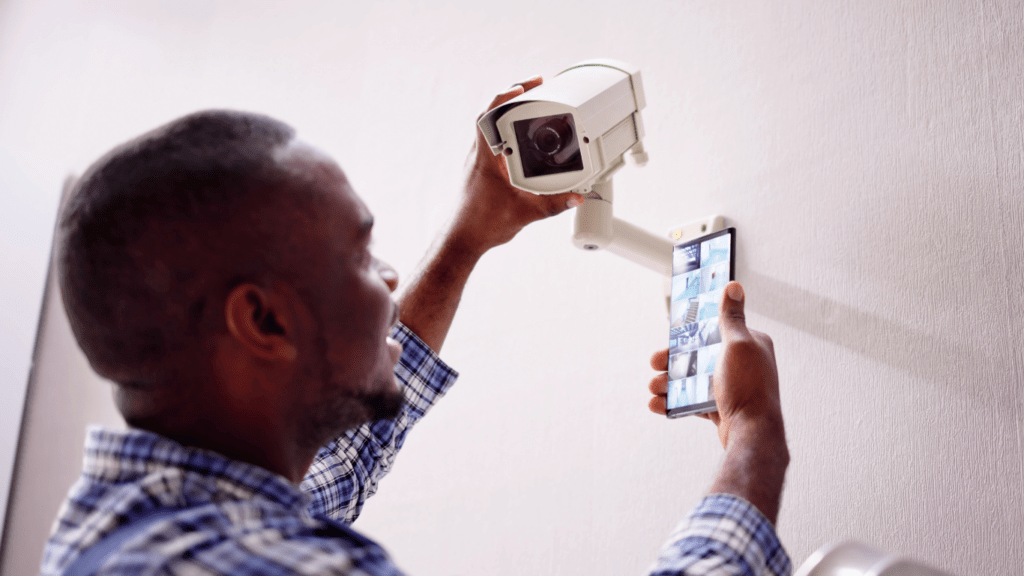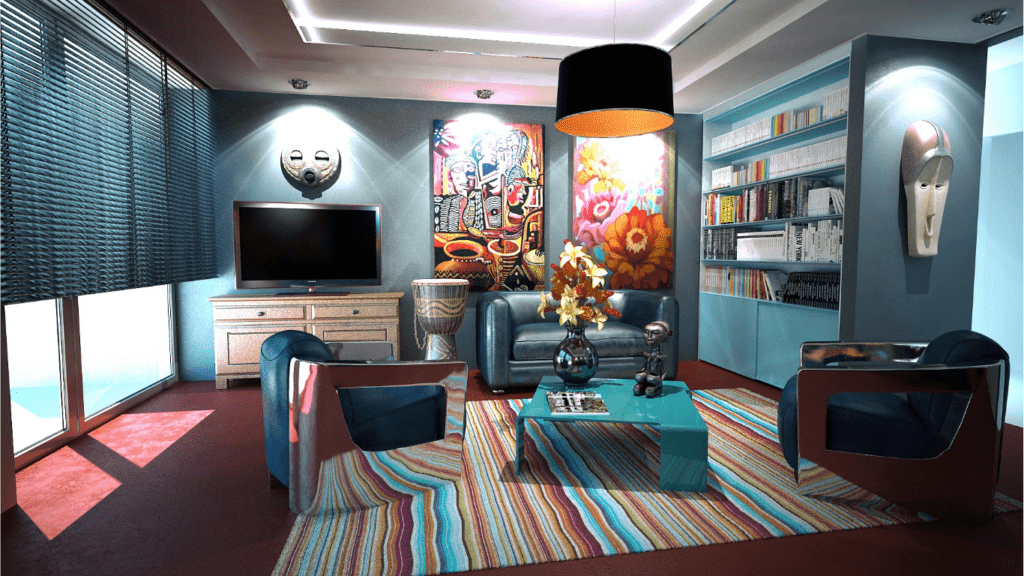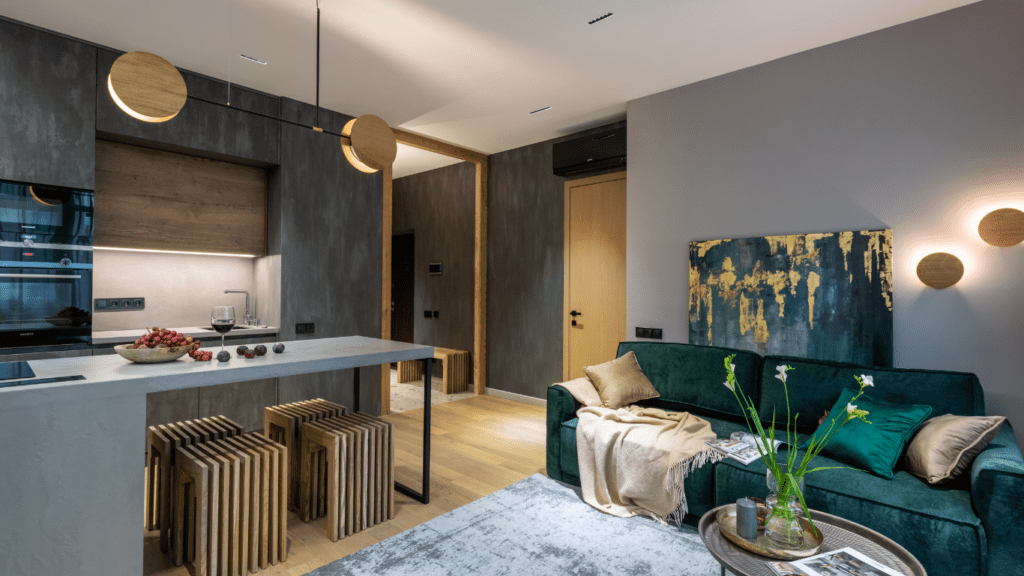Understanding Smart Home Design
Smart home design integrates advanced technology to create an interconnected living environment. Key elements include automation, data analytics, and IoT (Internet of Things). Automation allows users to control various devices remotely. For example, you can adjust lighting, security systems, and home appliances through your smartphone.
Data analytics plays a crucial role. By analyzing usage patterns, smart systems can optimize energy consumption. Analyzing heating, cooling, and lighting data ensures efficient energy use, reducing costs and environmental impact.
IoT connects multiple devices, enabling seamless interaction. Smart speakers, thermostats, and lighting systems communicate and adjust settings for user convenience. For example, a smart thermostat can learn your temperature preferences and adjust them automatically.
Voice-activated assistants like Amazon Alexa and Google Assistant provide hands-free control. They integrate with other smart devices, allowing users to perform tasks like:
- playing music
- setting reminders
- controlling the thermostat
with simple voice commands. Enhanced security features are another benefit. Smart security cameras, doorbells, and locks provide real-time monitoring and alert users of suspicious activities. For instance, smart doorbells can send notifications when someone is at the door, and users can view live video feeds through their smartphones.
Interoperability between devices is essential for creating a cohesive smart home ecosystem. Devices from different manufacturers need to work together. Standards like Zigbee and Z-Wave ensure compatibility, enabling users to mix and match devices without issues.
User experience is central to smart home design. Intuitive interfaces and easy setup processes make it accessible to a broad audience. Continuous updates and advancements keep the technology current, adapting to user needs and emerging trends.
Overall, understanding smart home design involves recognizing the blend of automation, data, and connectivity that transforms our living spaces into intelligent, responsive environments. Each component works together to enhance convenience, security, and efficiency, making our homes more adaptable and user-friendly.
Emerging Technology Trends

Smart home design continues to evolve, driven by breakthroughs in technology that redefine how we interact with our living spaces. Emerging trends like IoT integration, voice-activated assistants, and AI-powered home systems are leading this transformation.
Internet of Things (IoT) Integration
IoT integration plays a crucial role in the smart home ecosystem. By connecting various devices like lights, thermostats, and cameras, IoT enables seamless communication. These interconnected devices allow for automation and remote control through apps or web interfaces. For instance, a smart thermostat can adjust the temperature based on occupancy data from motion sensors. This not only improves energy efficiency but also enhances the overall user experience by offering more personalized and responsive environments.
Voice-Activated Assistants
Voice-activated assistants, such as Amazon’s Alexa and Google Assistant, have become integral to modern smart homes. These assistants provide hands-free control over various devices, from lighting to security systems. They can set reminders, answer questions, and even control other smart devices with simple voice commands. The convenience of using voice commands to perform everyday tasks significantly elevates the user experience and promotes greater accessibility within smart home environments.
AI-Powered Home Systems
AI-powered home systems are revolutionizing smart home design by introducing advanced features like predictive analytics and learning capabilities. These systems can analyze user habits and predict needs, offering proactive adjustments to lighting, heating, and security settings. For example, AI can learn a user’s routine and automatically lock doors or adjust lights based on typical behaviors. This level of intelligence not only enhances comfort but also adds a layer of security and efficiency, making homes truly smart.
These emerging technology trends are paving the way for more intelligent, connected, and user-friendly living spaces.
Energy Efficiency Innovations
Energy efficiency defines modern smart home design. Innovations streamline energy use, reduce wastage, and lower utility bills.
Smart Thermostats
Smart thermostats like Nest and Ecobee optimize temperature settings. They use sensors and learning algorithms to adjust based on occupancy and user preferences. Installation helps save up to 10-12% on heating and 15% on cooling annually. Connected via IoT, these devices offer remote control through smartphone apps, enhancing user convenience.
Energy Monitoring Systems
Energy monitoring systems track and analyze consumption. Devices like Sense Home Energy Monitor provide real-time data on electricity use. Insights from these systems identify energy-hogging appliances and suggest efficiency improvements. Homeowners can monitor energy flows, set goals, and receive alerts, leading to informed decisions and cost savings.
Security Enhancements
Smart homes utilize cutting-edge technology to elevate household security. Robust security features not only offer peace of mind but also ensure real-time protection.
Smart Locks and Cameras
Smart locks and cameras revolutionize home security. Smart locks, such as August Smart Lock and Yale Assure Lock, provide remote access control and track entry and exit logs. Users can lock or unlock doors via a smartphone app. Biometric authentication and temporary access codes add an extra layer of security.
Smart cameras, like Arlo Pro and Nest Cam IQ, offer high-definition video surveillance. They come equipped with motion detection and night vision. Real-time alerts for detected activity ensure immediate response capabilities. Cloud storage and live streaming features maintain a record of historical footage, enhancing overall security measures.
Advanced Alarm Systems
- Advanced alarm systems integrate seamlessly with other smart home devices.
- Systems like ADT Pulse and SimpliSafe provide comprehensive security through interconnected sensors.
- Door, window, and motion sensors detect breaches and notify homeowners instantly.
- These systems also feature automated emergency responses.
- Smoke, carbon monoxide, and flood detectors activate alarms and send notifications.
- Monitoring service subscriptions offer professional intervention, contacting authorities when necessary.
- Integration with smart hubs and voice assistants enables easy control and status checks via voice commands or mobile apps.
Health and Wellness Features
Smart home design integrates health and wellness features to enhance our living environments, promoting better lifestyle choices and overall well-being.
Air Quality Monitoring
Air quality monitoring systems in smart homes detect pollutants like VOCs, carbon dioxide, and particulate matter. Devices such as the Awair Element provide real-time data and smart alerts, ensuring indoor air remains safe. These monitors can connect with HVAC systems to adjust ventilation and filtration, optimizing air quality. By tracking air quality trends over time, users gain insights into factors affecting their home environment and take preventive actions.
Smart Lighting Systems
Smart lighting systems contribute to health and wellness by mimicking natural light patterns. Devices like Philips Hue can adjust color temperature and intensity throughout the day. This supports better sleep cycles and reduces eye strain, as warm light in the evening promotes relaxation while cooler tones energize during the day. Integration with voice assistants and automation platforms allows personalized lighting schedules, adapting to individual routines and enhancing comfort.
Connectivity and Interoperability
Connectivity and interoperability serve as the backbone of a cohesive smart home ecosystem. They ensure that various smart devices communicate effectively, providing a seamless user experience.
Unified Control Hubs
Unified control hubs centralize the management of multiple smart devices. These hubs, like Samsung SmartThings and Apple’s HomeKit, streamline device control by providing a single interface. I can easily manage lighting, security, and entertainment systems from one place. This eliminates the need for multiple apps, making smart home management intuitive.
Seamless Device Integration
Seamless device integration is crucial for a smooth smart home experience. Devices like smart locks, thermostats, and cameras must work together flawlessly. Brands adopting open standards, such as Zigbee and Z-Wave, promote this interoperability. When devices integrate effortlessly, I enjoy synchronized functionalities without manual intervention. For instance, my smart thermostat can lower the temperature when my smart lock detects that I’ve left home, enhancing both convenience and energy efficiency.



 Harry Marriott – Lead Interior Stylist
Harry Marriott is Castle Shelf House’s Lead Interior Stylist, known for his keen eye for detail and expertise in modern and classic home designs. With a background in interior architecture, Harry brings innovative styling solutions to the forefront, ensuring that each home reflects a unique personality. His approach to furniture placement and design trends helps clients create harmonious living spaces that combine aesthetics with functionality.
Harry Marriott – Lead Interior Stylist
Harry Marriott is Castle Shelf House’s Lead Interior Stylist, known for his keen eye for detail and expertise in modern and classic home designs. With a background in interior architecture, Harry brings innovative styling solutions to the forefront, ensuring that each home reflects a unique personality. His approach to furniture placement and design trends helps clients create harmonious living spaces that combine aesthetics with functionality.
